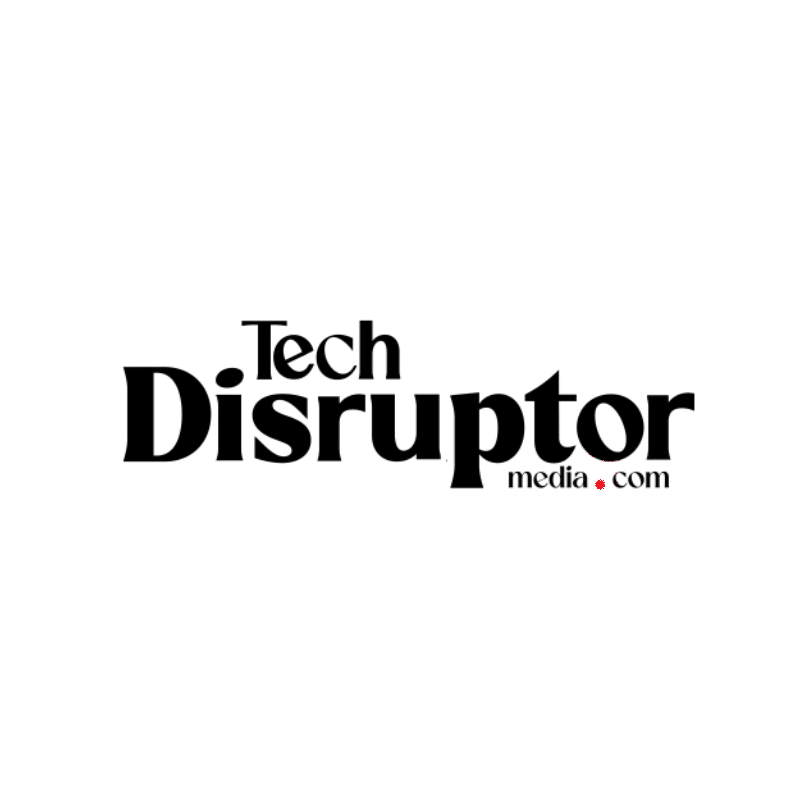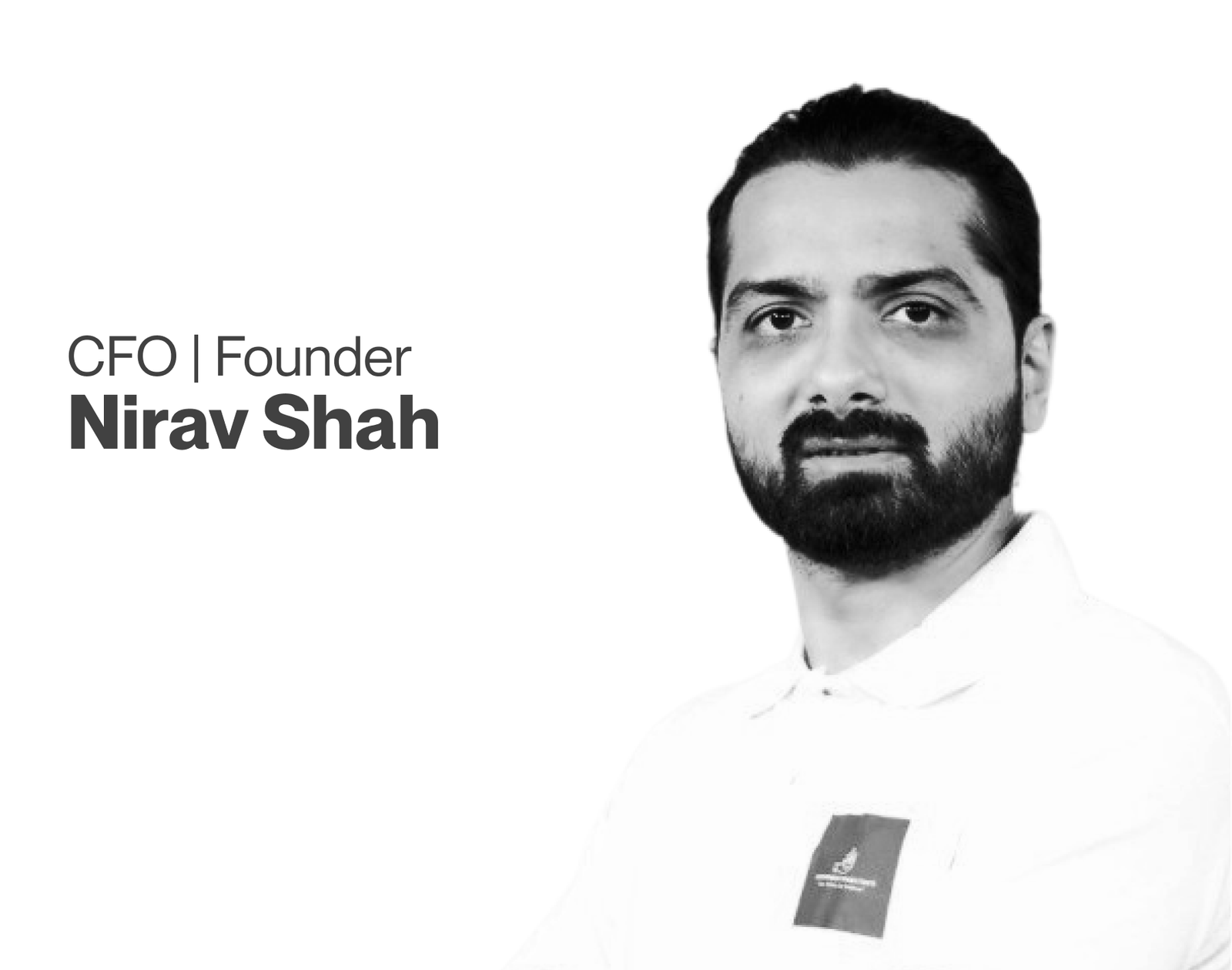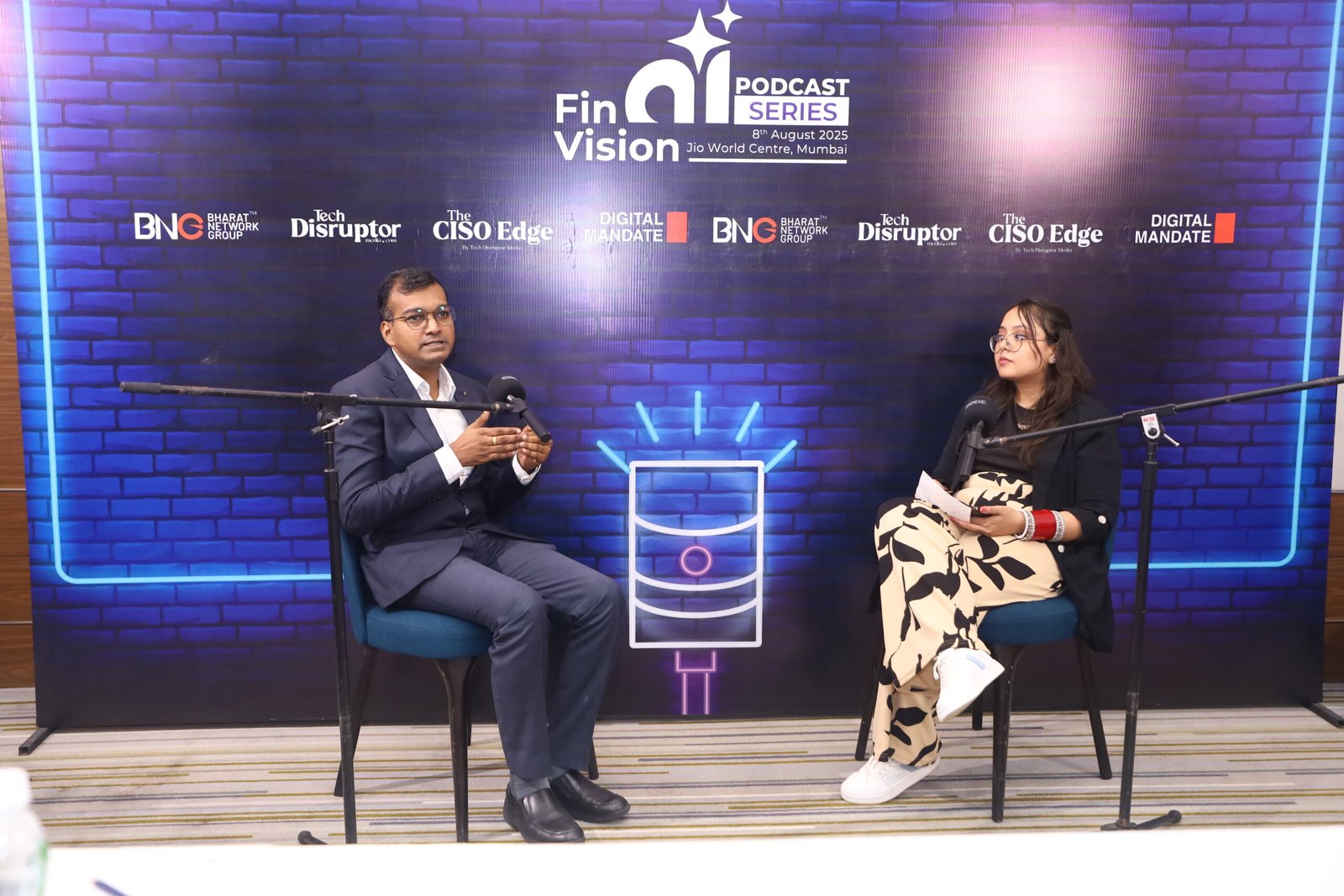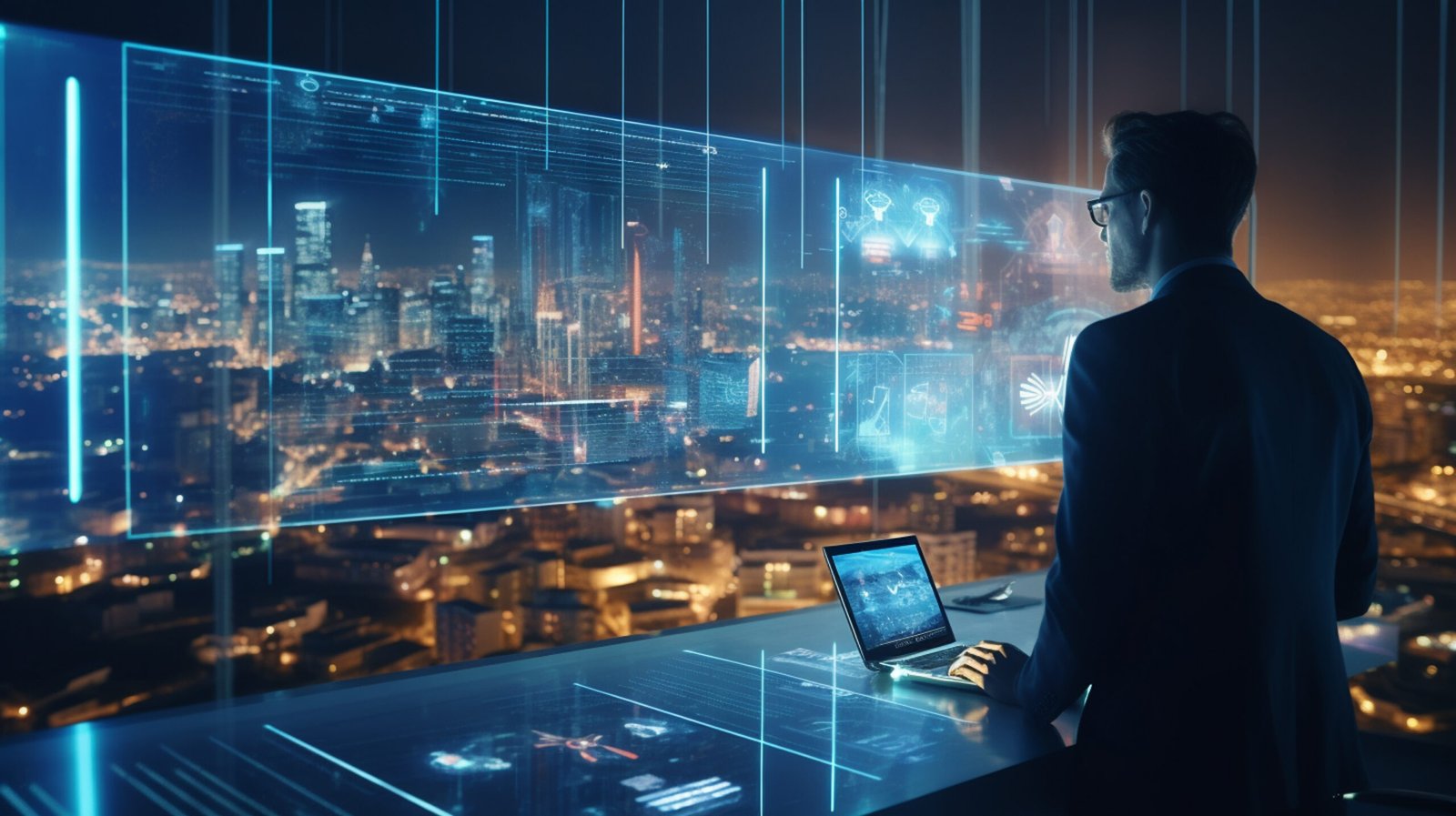Social media was recently flooded with people sharing portraits of themselves reimagined in the iconic Ghibli animation style. The trend was whimsical and nostalgic, letting users playfully step into a world of fantasy. But it also revealed something more profound: how deeply these tools have embedded themselves in our everyday lives. Around the same time, Harvard Business Review highlighted a surprising trend—many are now turning to tools like ChatGPT not just for productivity, but for something far more personal: therapy and emotional support (HBR, 2025).

Research Consultant,
Future Shift Labs
These examples show that we’re no longer using technology only for tasks and problem-solving. For many, it’s becoming a creative companion, a sounding board, even a source of comfort. And that shift raises uneasy questions. If a machine can imitate art or offer empathy, where does that leave the people whose lives are built around those very things? Are we inching toward a world where effort gives way to instant results, and authentic meaning is blurred by imitation?
What’s unfolding goes beyond a tech upgrade—it’s a cultural shift. People are forming emotional connections with digital tools. Whether it’s through creating an animated self-portrait or seeking reassurance from a chatbot, the boundaries between human and machine are becoming harder to define. This change isn’t just about convenience—it challenges how we think about relationships, creativity, and self-expression.
This moment also highlights a broader divide—not simply between those who support or oppose the use of new technology, but between different ways of thinking about what lies ahead. Some dive in eagerly, drawn to the possibilities for creative expression, connection, and efficiency. Others hold back, not because they reject progress, but because they see the deeper risks that could emerge.
Often, that hesitation comes from looking further down the road. It’s not just about personal impact—it’s about what happens globally. If new tools are rolled out without consideration for fairness, they’re more likely to benefit those already ahead. Communities with less access to infrastructure or education risk being left further behind. Without careful planning, innovation could widen the very gaps it promises to close.
Concerns like these are sometimes dismissed as negativity, but they’re grounded in values: fairness, responsibility, and long-term thinking. On the other hand, those who champion this technology point to its potential to open up new paths—to create, learn, and collaborate in ways that were previously out of reach. For them, it’s about building on what we have to unlock even more.
Both perspectives come from real experiences. One side focuses on the promise of today; the other looks ahead and urges caution. It’s a dynamic that’s played out before. Major innovations—printing presses, factories, the internet—have all brought both opportunity and disruption. There’s always a tension between what’s possible and what’s wise.
Right now, two mindsets are shaping how we respond. There are the builders—engineers, developers, innovators—who push boundaries and prioritize speed and scale. Then there are the thinkers—artists, educators, policymakers—who emphasize meaning, ethics, and long-term impact. These groups don’t always speak the same language, and they rarely find themselves in the same room.
But at their core, both want the same thing: to improve life. Developers aim to solve real problems. Creatives work to preserve depth and connection. Policymakers try to protect people. The trouble isn’t that they disagree—it’s that they often don’t engage in dialogue that leads to shared solutions.
Too often, progress races ahead while regulation struggles to catch up. Cultural voices sound alarms, but go unheard. This imbalance leads to decisions being made in silos, without the full picture. And that’s not a foundation that can hold.
What’s needed now is shared ground. A space where all sides—developers, regulators, artists, activists, communities—can be part of shaping the future. Not in a symbolic way, but in a meaningful one. That also means asking hard questions: Is every new tool truly useful, or just novel? Are we making life better for everyone—or just for some? Can we build systems that are both innovative and inclusive?
As reliance on these tools grows—from work to emotional support—the line between utility and relationship blurs. If a machine can offer comfort or help process emotions, does its lack of real understanding matter? Or does it change what comfort even means? These aren’t questions for coders alone. They affect everyone, and everyone deserves a say.
This moment demands balance. Curiosity and caution don’t have to cancel each other out. Curiosity drives progress. Caution keeps it grounded in what really matters. Together, they help make sure that what we build reflects who we are.
Technology itself isn’t inherently good or bad. It reflects the values of the people shaping it. The choices made now—about access, purpose, and direction—will define what kind of future unfolds. It’s not just about what these tools are capable of—it’s about what we decide to do with them.
If we want to move forward with care, we’ll need more than clever ideas. We’ll need humility. We’ll need to really listen—to those we agree with, and those we don’t. And we’ll need to remember that this isn’t about sides. It’s about building something that serves people, not just systems.
That kind of future is within reach—but only if we choose to build it together.
– Alisha Butala is the Research Consultant at Future Shift Labs




